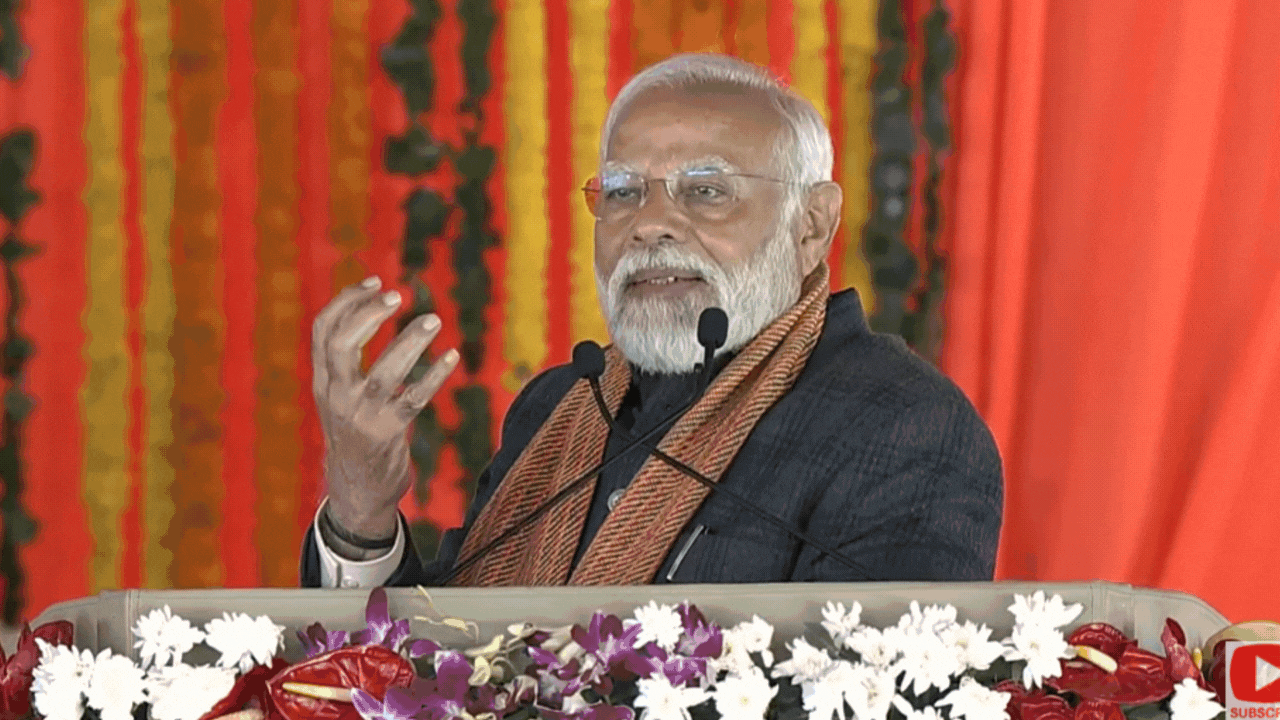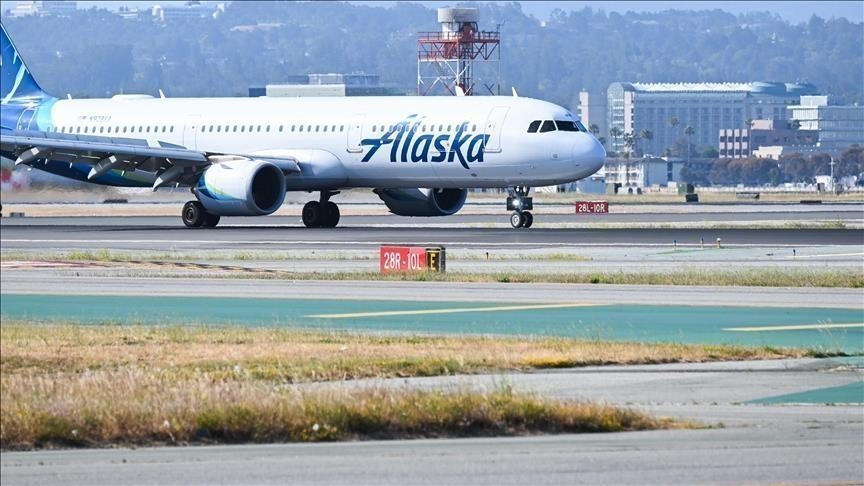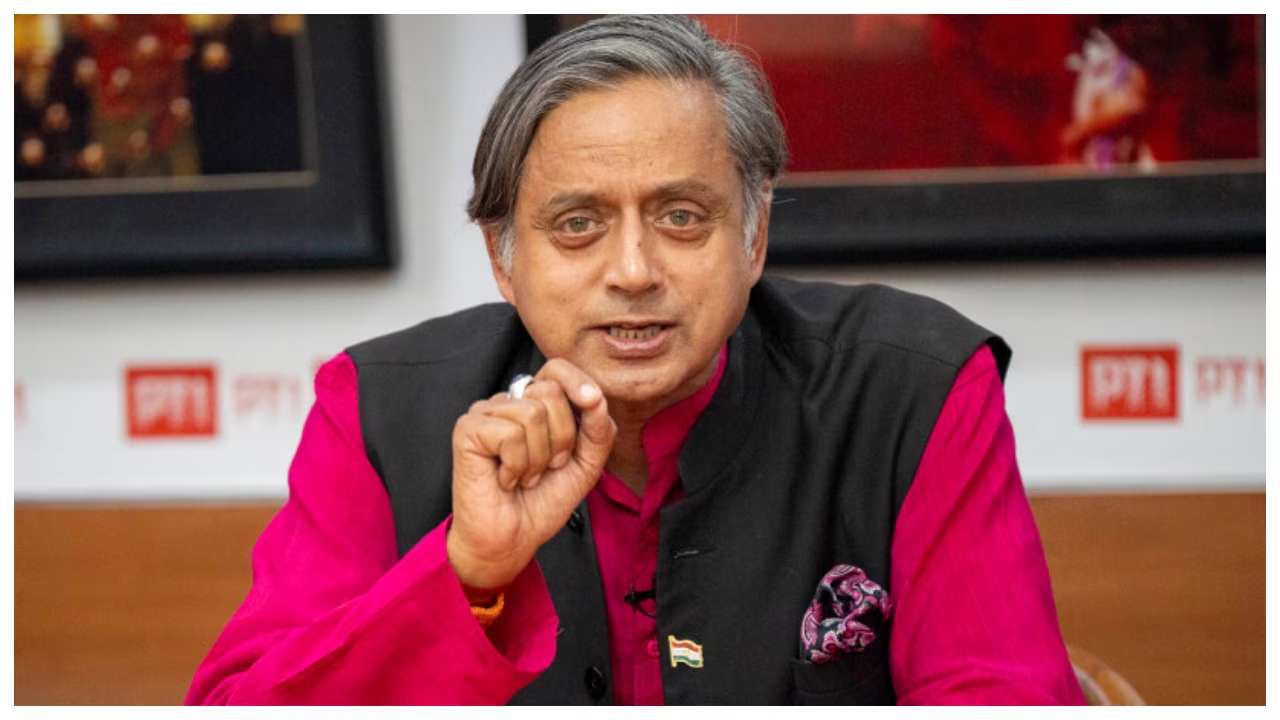Now Reading: PM Modi’s Strategic Visit to Kashmir Signals Renewed Development and Security Focus
-
01
PM Modi’s Strategic Visit to Kashmir Signals Renewed Development and Security Focus
PM Modi’s Strategic Visit to Kashmir Signals Renewed Development and Security Focus

Prime Minister Narendra Modi’s latest visit to Jammu and Kashmir comes just weeks after the deadly terror attack in Pahalgam. While security remained tight, the Prime Minister’s agenda was largely focused on economic development, infrastructure growth, and youth engagement in the region. The visit marks a significant political and strategic push, aimed at reinforcing New Delhi’s commitment to stability and progress in the Union Territory.
Focus on Development Projects
During the visit, PM Modi inaugurated multiple infrastructure and welfare projects across the Kashmir Valley, including roads, healthcare facilities, and digital connectivity schemes. These initiatives are part of the broader “Viksit Bharat” vision that aims to bridge gaps between urban centres and remote districts, especially those in conflict-prone areas.
Special attention was given to Tier 2 towns such as Anantnag, Baramulla, and Shopian, where development is seen as key to long-term peace. Local leaders welcomed the rollout of schemes promising better access to education and entrepreneurship for young people.
Security and Stability Measures
The visit also carried a clear message on national security. Following the Pahalgam terror attack, additional forces were deployed, and Modi met with top Army and intelligence officials to review the region’s preparedness. While he avoided aggressive rhetoric, his speeches subtly reinforced India’s zero-tolerance stance on terrorism.
Analysts believe that combining security with sustained development sends a dual message—of resilience and inclusivity—which could help counter radical narratives often used to recruit youth in sensitive areas.
Public and Political Reactions
In Tier 2 cities and smaller towns across northern India, the visit was widely discussed. Many citizens viewed it as a sign that the government is keeping Kashmir high on its priority list, not just for political reasons but also for practical governance.
Opposition leaders acknowledged the need for continued engagement in the region, though some questioned the timing and intent, suggesting it may be politically motivated with upcoming state elections in mind. However, public sentiment, especially among youth and business communities, leaned in favour of the government’s development-led approach.
Engaging Kashmir’s Youth
One key element of the visit was Modi’s direct interaction with students, start-up founders, and local innovators. His message focused on creating opportunities within Kashmir so that youth no longer feel compelled to migrate for education or employment. New skilling centres and incubation hubs were also announced as part of this outreach.
Conclusion
Prime Minister Modi’s Kashmir visit reflects a multi-layered strategy—balancing firm security oversight with a clear focus on growth and local empowerment. While challenges remain in the region, this approach aims to build confidence among citizens, particularly in Tier 2 and rural pockets, where trust and tangible progress can make the most impact. As Kashmir continues its journey post-Article 370, the focus now seems to be on integration through investment and inclusion.

























